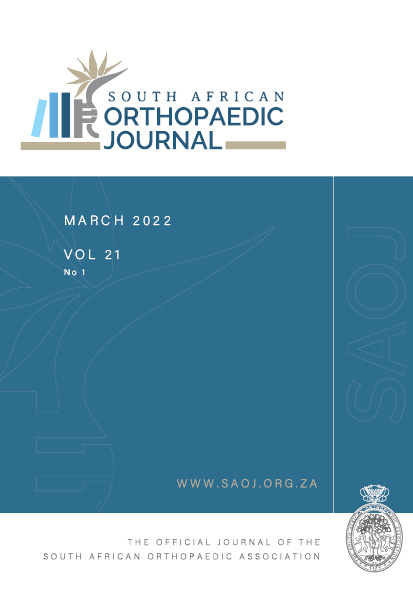Patient satisfaction following wide awake local anaesthetic no tourniquet hand surgery
Keywords:
WALANT, hand surgery, local anaesthetic, carpal tunnel, de Quervain’s, ganglion, patient satisfactionAbstract
Background: Wide awake local anaesthetic no tourniquet (WALANT) hand surgery is a rapidly growing technique for hand surgery whereby a lignocaine/adrenaline/bicarbonate mixture is injected into the hand or fingers where the procedure is to be carried out.
Methods: This was a retrospective study with prospective recall analysing satisfaction of patients who underwent WALANT hand surgery at our academic hospital in the first year of its inception. Data collection included a questionnaire to analyse demographics, comparison to dental procedures, subjective and objective experience of the procedure, overall experience, expectations, pain and surgical outcome.
Results: We included 80 procedures in 67 patients; 87% would prefer WALANT in the future, and 87% would recommend WALANT to friends or family. For 79% of patients (who had dental procedures before), the pain was less or the same as a dental procedure, and 70% of patients said the experience was better than expected. Average pain scores were 3.89/10 during local anaesthetic injection, 1.25/10 during the procedure and 5.20/10 postoperatively; with postoperative pain starting at an average of nine hours. Eighty-five per cent of conditions were cured at follow-up and no cases of digital ischaemia or infection were noted.
Conclusion: Our study suggests WALANT hand surgery is a safe, effective and satisfactory method of performing hand surgery in the South African context.
Level of evidence: Level 4

